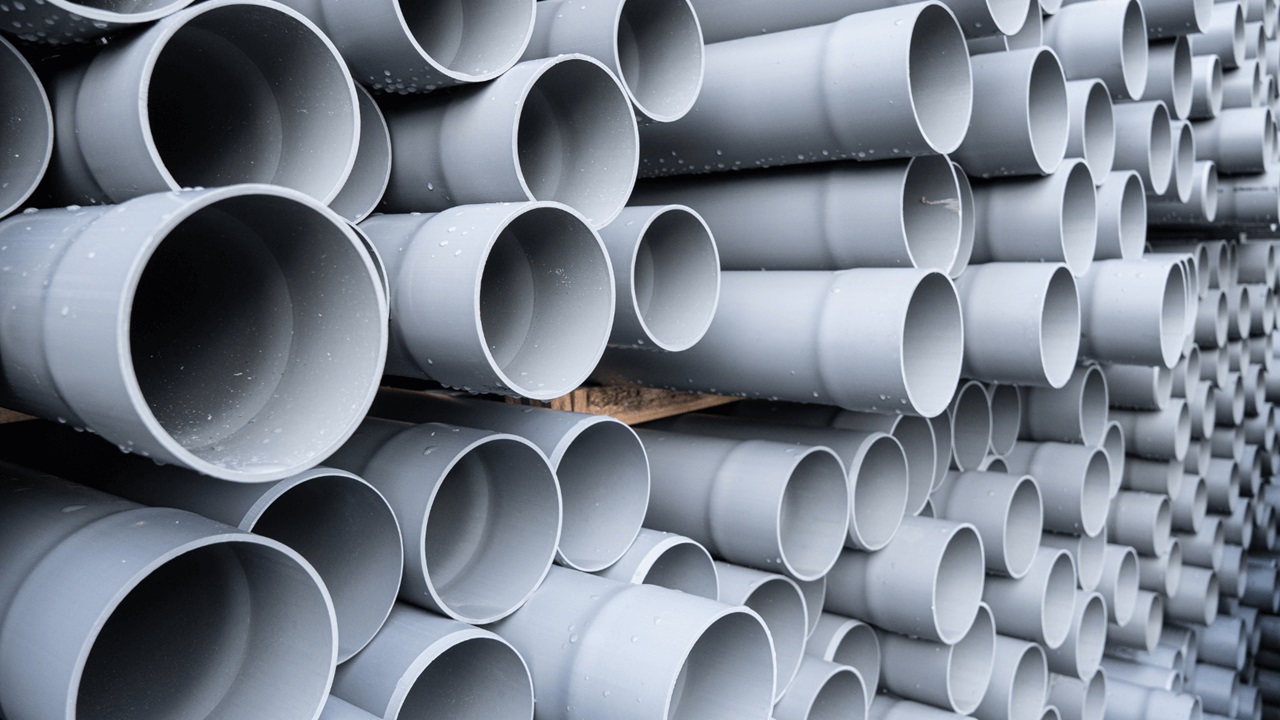ERW stands for Electric Resistance Welded. The erw pipe meaning-what is erw refers to the process where rollers join the two parallel edges of a flat steel strip. The flattened steel strip is then transformed into a circular form, followed by sealing its edges. The pipe construction industry frequently uses these pipes in various projects. People rely on these pipelines for transporting water, oil, gas, and a variety of other substances.
What Is High-Frequency Welding?
High-frequency welding is a specialized welding approach that joins two steel pieces through a welding process. Power from electricity acts as a substitute energy source for welding operations, replacing fire or gas. The edges of the steel heat up very quickly when the electric current passes through. Once they reach a sufficiently high temperature, they are pressed together to form a solid bond. This bond is clean, strong, and smooth. It works much faster than other welding methods. This makes it a good choice for creating multiple pipes in a short amount of time.
How Tuspipe Uses High-Frequency Welding
Tuspipe makes ERW pipes using high-frequency welding. The process starts with a long, flat strip of steel. The steel is rolled into a tube shape, and the edges meet each other. Then, high-frequency electric power passes through the meeting edges. The heat from the electricity makes the edges soft. Right after this, the machine presses the edges together. This creates a tight, strong join without extra material or gaps. The weld made by this process is very clean. There are no holes or weak spots in the pipe. This means the pipe can handle pressure well. It will not easily leak or break when used in hard jobs. These pipes can move water, oil, gas, and other liquids without problems. They are also good for carrying steam, air, and chemicals in different industries. Due to the smooth finish inside, liquids and gases flow quickly and safely without becoming blocked. This makes the pipes safe, fast, and easy to use in many places.
Why High-Frequency Welding Is a Good Choice
This welding method is quick and clean. It does not require additional materials, such as rods or gas. It only uses steel and electric power. Due to this, the pipes are smooth both inside and outside. Liquids and gases can move through them without getting stuck. This makes the pipes safe and easy to use. The weld is also very strong. The high heat and quick pressing cause the two edges to merge into one. This strong weld helps the pipe last a long time, even in high-pressure or challenging environments. Using high-frequency welding also saves time. The machine can make many pipes quickly.
Where These Pipes Are Used
ERW pipes manufactured by Tuspipe are used in various applications. People use them to carry water to homes and businesses. They also move oil and gas across long distances. In factories, these pipes carry steam and other materials. These robust, strong pipes function exceptionally well for the construction of bridges, roads, and tall buildings. During the production process, various pipe dimensions and thicknesses are manufactured. Pipe products vary between residential sizes and industrial sizes, suitable for use in plants and factories. Each application requires a specific pipe dimension. Due to their robustness, these pipes enable use in both underground and underwater applications. These pipes possess excellent capabilities for handling intensive weight loads as well as forceful pressure applications. This makes them a safe and reliable choice for various types of work.
What Makes Tuspipe’s Pipes Special
Tuspipe takes care to ensure that each pipe is made well. Every pipe is carefully checked to make sure it is strong and has no cracks after it is made. The size and shape of the pipe are also checked. Only pipes that pass these tests are sent out for use. The company uses good-quality steel for the pipes. This helps the pipes stay strong and last a long time. The high-frequency welding process adds to this strength. It makes the weld as strong as the rest of the pipe. Workers at Tuspipe follow clear steps to keep the work safe and clean. The machines are checked often. This ensures that every pipe produced is of the same high quality.
Conclusion
Tuspipe manufactures ERW pipes using high-frequency welding because it is a fast, clean, and strong process. This method uses electric power to heat and join the edges of the steel. An outcome of this process results in durable pipes that can withstand high pressure. The company produces pipelines that find applications in various locations, including domestic properties, industrial facilities, and petroleum infrastructure. Tuspipe ensures pipe readiness for job execution through testing processes and material selection. This makes the pipes safe, strong, and reliable for a wide range of applications.


